- 📉 The 10-year Treasury yield recently fell below 4%, signaling potential for lower mortgage rates.
- 🏦 Fed policy remains restrictive but could shift to neutral as labor market softens.
- 💼 Unemployment has risen to 4.1%, the highest in nearly three years, indicating economic cooling.
- 📊 Mortgage spreads remain elevated but narrowing could help push rates toward 5.75%.
- 🏡 A drop to 5.75% could spark a surge in Las Vegas housing demand and investor activity.
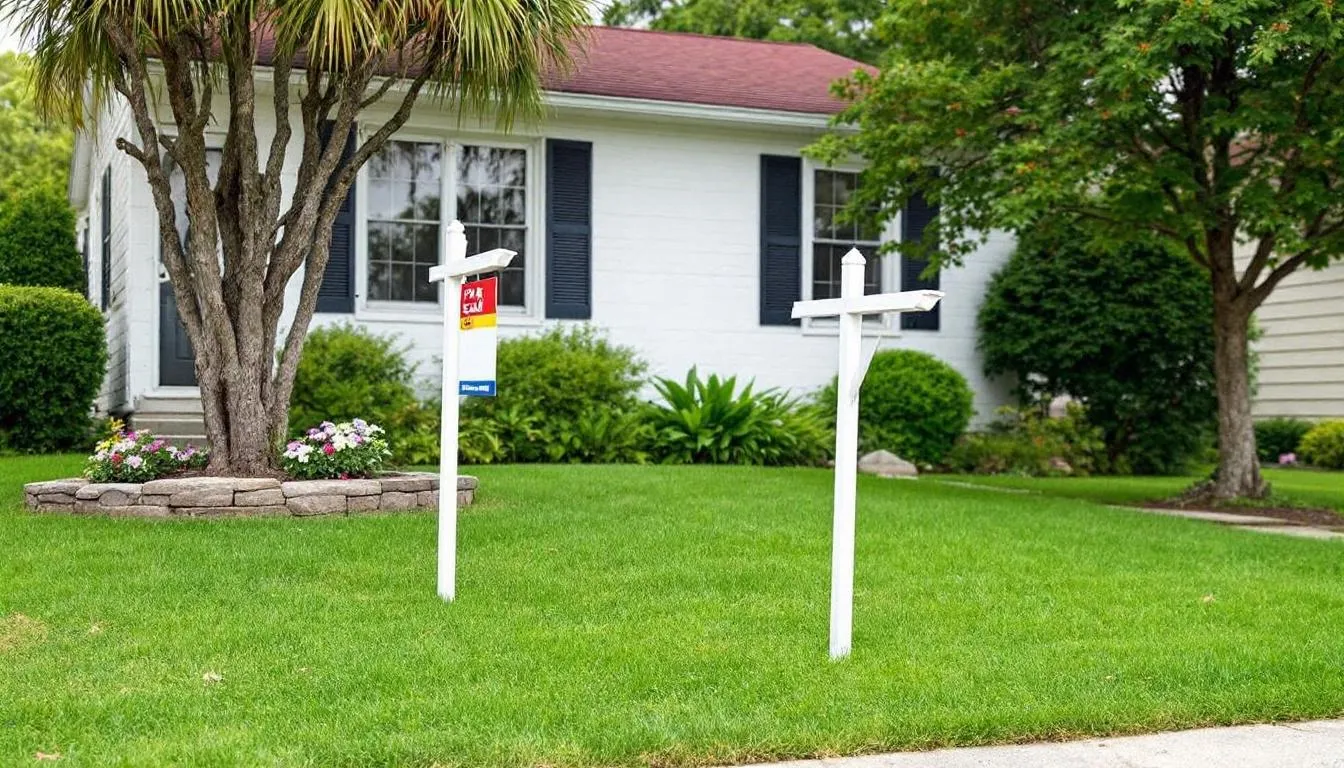
The Path to 5.75%—Too Optimistic or Achievable?
Mortgage rates have gone down. They are now about 6%. Before, many thought rates would stay high through 2025. The 10-year Treasury yield just went under 4%. The job market is a bit softer. And some think the Fed will soon change its policy. Because of this, mortgage rates could really drop to 5.75%. If mortgage costs change this way, it could be big for buyers, sellers, and investors in Las Vegas. People who waited to buy might act. Others could refinance. The market could get new energy.
10-Year Treasury Yield’s Role in Mortgage Rates
The 10-year Treasury yield is a main way to predict mortgage rates. It acts as a standard for long-term interest rates. This rate directly affects how much mortgage-backed securities (MBS) cost. Most home loans are put into these MBS. Investors want extra money on top of Treasuries because of mortgage risks. So, mortgage rates usually move with the 10-year yield. But this can change a bit because of things like credit and how easy it is to buy or sell these.
When the 10-year yield goes down, it usually costs less to borrow for housing. The yield recently dropped below 4%. This happened partly because of worries about regional banks. One big reason for this drop was a $50 million commercial loan default tied to Zions Bank. This made more people worry about how strong banks were. As investors fled to the safety of Treasuries, bond prices rose and yields fell.
Looking back, every big drop in mortgage rates has come with or after a drop in the 10-year Treasury yield. The two don't always move together perfectly. Other market things, like the mortgage spread, play a part. But watching where the 10-year yield is going helps predict rates a lot. If the yield stays below 4% for a while, or drops even more, it will push mortgage rates down a lot. This could bring them to about 5.75%.
10-Year Yield: What Makes it Change So Much
More than just bank problems, other big economic things often make yields change. When manufacturing slows, people feel less sure about the economy, or GDP growth is not good, yields can go down. World economic worries also matter. For example, problems between countries or easier money policies in other places can send money from other countries into U.S. bonds. This then pushes the yield down more.
One thing to watch is the "real yield." This is the return on the 10-year Treasury after you account for inflation. If people think inflation will slow down, and regular yields also drop, then the real yield goes down. This shows that money is easier to get. It also helps mortgage rates go lower.
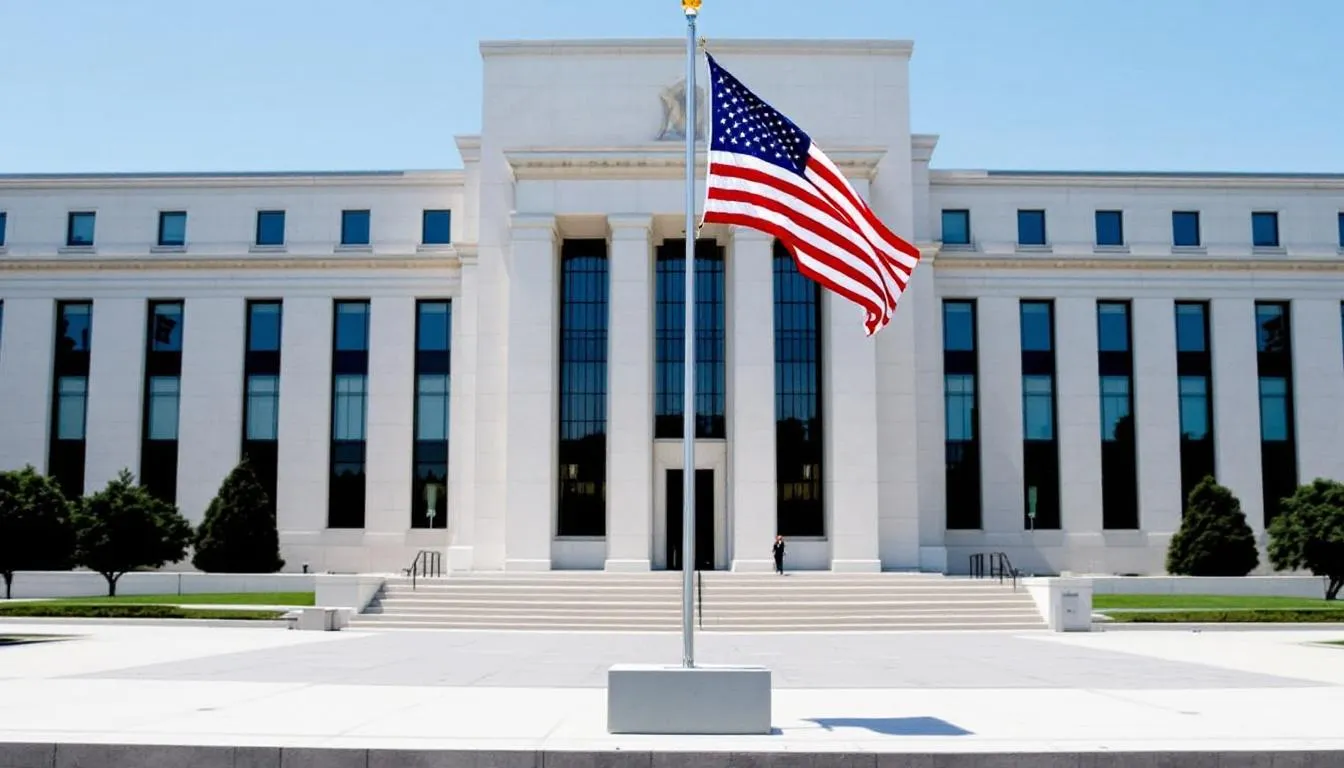
Fed Policy: Still Restrictive or Shifting Neutral?
The Federal Reserve (Fed) is key to all talk about mortgage rates. The Fed controls the federal funds rate. And what it says helps markets guess future rates. The Fed's policy now is not too strict, but it still limits things. It wants to keep inflation in check.
The Fed has not cut rates yet in mid-2025. But many economists and investors now agree that a change might come soon. This is especially true as inflation seems to be slowing and the economy cools down.
Reading Between the Lines of Fed Commentary
What Fed officials say in speeches and press conferences can be more important than their official actions. When they say things like "data-dependent," "getting back to normal policy," or "having a soft landing," it means they might aim for a more neutral stance. If the Fed changes its talk, saying it needs lower rates to help with slower job growth or less economic output, markets will react fast. People often buy Treasuries then, expecting this. This pushes yields down and, in turn, brings mortgage rates down.
Also, the Fed uses "forward guidance." This means financial markets quickly include what they expect the Fed to do in the future. Even before any rate cuts occur, anticipation alone could drive yields down. And if the job market gets weaker too, then getting to 5.75% mortgage rates looks much more likely.

Labor Market: A Key Sign for Lower Rates
How well the job market is doing helps guide what the Fed does. The current unemployment rate is 4.1%. This is the highest it has been in almost three years. It shows that companies need fewer workers. More unemployment can cause several things to happen that affect mortgage markets.
First, if there are fewer jobs and wages do not grow as much, people spend less. This slower spending makes inflation slow down, which is what the Fed wants. Second, if the job market cools, the Fed might change its policy faster. It's riskier to keep interest rates high when jobs are scarce.
In the past, mortgage rates have often gone down when the job market was soft. Investors often expect the Fed to become more flexible. They buy bonds ahead of time. This pushes bond prices up and the 10-year yield down.
Other Labor Numbers to Watch
Everyone watches the main unemployment rate. But it's also good to look at how many people are underemployed, how many job openings there are, and how many people quit their jobs. If these numbers keep going down a lot, it could make 10-year yields softer faster. And that would push mortgage rates even lower. Moreover, if wage growth slows down, which is a big part of core inflation, then markets would have more reasons to expect lower borrowing costs.
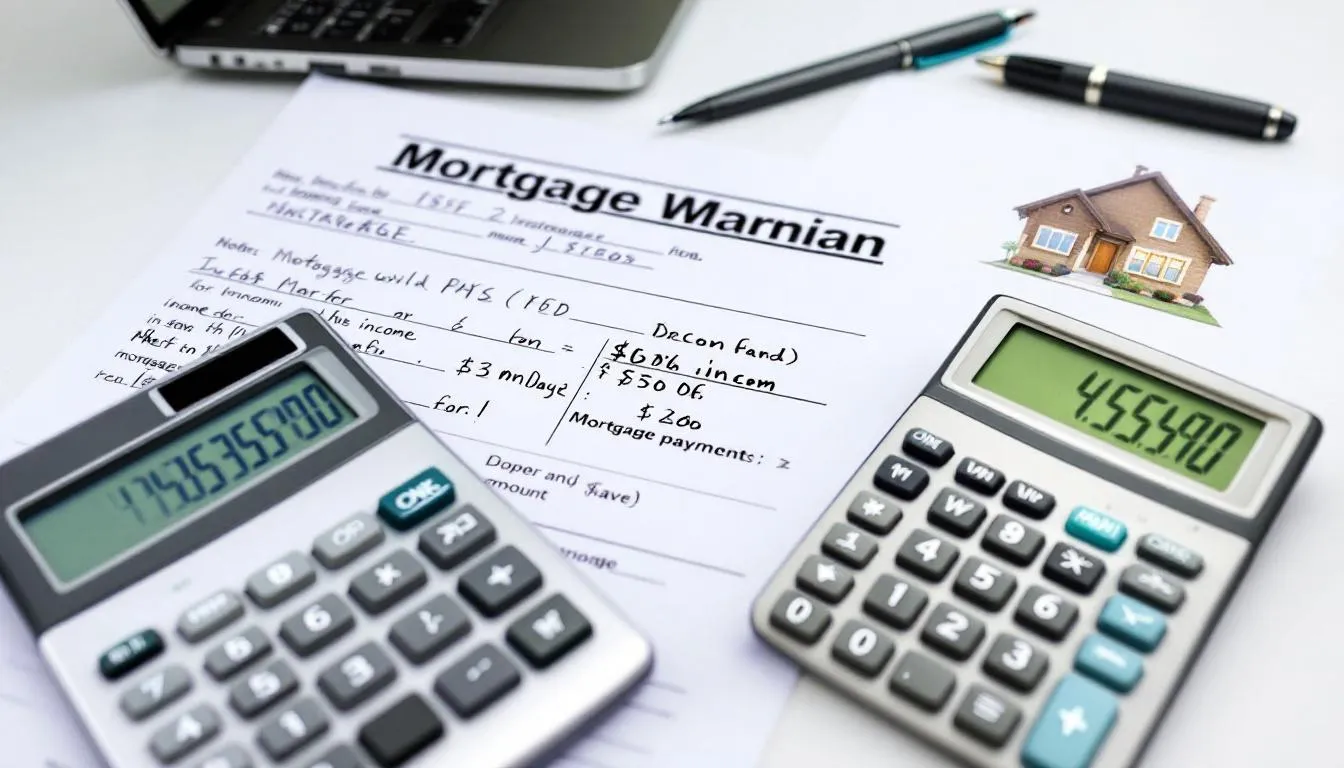
Mortgage Spreads: The Overlooked Factor in Rate Compression
The 10-year yield helps a lot to show where rates are going. But it's not the only thing that decides consumer mortgage rates. The "spread" is the gap between the mortgage rate and the 10-year Treasury yield. People often don't pay enough attention to it, but it's very important. Currently, those spreads remain historically wide.
In a normal or steady market, the spread is usually about 1.5 to 2 percentage points. Right now, it's high. Sometimes it went over 3% when things were very uncertain in recent months. This wider spread shows worries that mortgage-backed securities (MBS) might not do well. This is because of things like defaults after the pandemic, less refinancing, and the Fed and other big investors buying less.
What Can Narrow the Spread?
A few things could make the spread smaller and help lower mortgage rates:
- 📉 Lower uncertainty in bond markets, making yields more predictable.
- 🏦 Greater demand for MBS products from banks or hedge funds.
- 💬 Clearer Fed communication reducing uncertainty.
Even if the 10-year yield stays the same, a 25 basis point drop in the spread would cut mortgage rates. This could get us close to 5.75%.
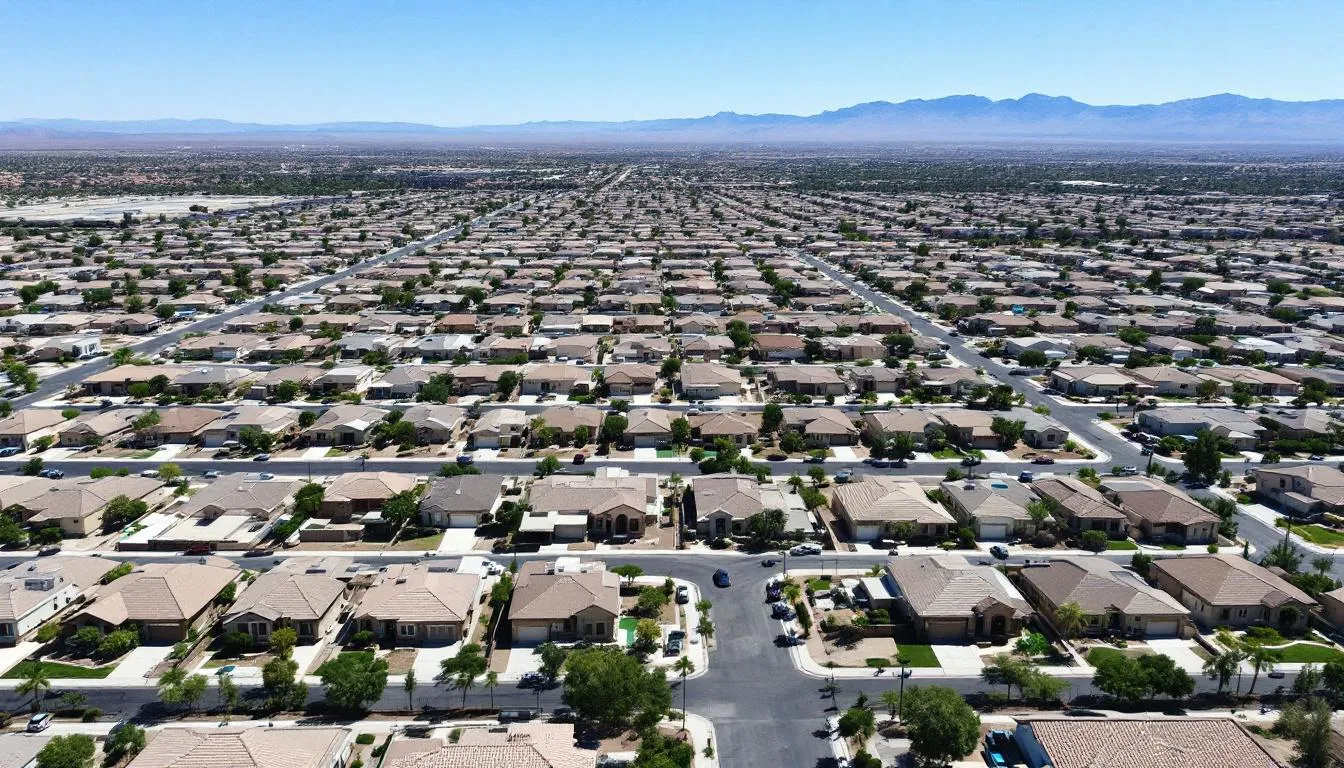
What Would 5.75% Mean for Las Vegas Real Estate?
Las Vegas is one of the housing markets in the western U.S. that reacts most to interest rates. This is because many investors are active there, and people look for homes they can afford. If mortgage rates went down to 5.75%, these things could happen:
- 🏡 More buyers who couldn't afford homes before might come back, raising demand.
- 📈 It would be easier for first-time buyers to own a home because monthly payments would be lower.
- 🕒 Refinances would jump, especially for people who got rates above 6% earlier in 2025.
- 🤑 Sellers would not feel as much pressure to give deals, making listing prices stronger.
In areas like North Las Vegas and the Southwest Valley, lower rates could quickly cause bidding wars. This would be true especially for ready-to-move-in homes under $450K.

Investor Opportunity: Better Returns in a Lower Rate World
Investors would benefit a lot if rates were lower. When borrowing costs go down, investors get more cash-on-cash returns. Also, loan coverage ratios (LCR) get better, and it's easier to use borrowed money to buy properties.
Steve Hawks points this out: “More investors get active in Summerlin and Henderson when rates fall below 6%.” These areas give good rental income. Lower monthly payments mean landlords can make more net operating income (NOI) and still offer good rents.
Also, lower mortgage rates give more ways to sell properties later. When cap rates get smaller, properties look better not just for renting, but also for quick resale. This could make Las Vegas's inventory problems worse because homes would sell faster.

How Global Market Risks Can Help
Problems between countries, money troubles, or slow world economies can make money from other countries, especially Europe and Asia, go into U.S. bonds. This “flight to safety” raises demand for Treasuries. It pushes yields down. And this, in turn, lowers mortgage rates.
Recent worries about how strong regional banks are, like Zions Bank's $50 million commercial loan problem, might be a warning sign. If more such problems show up, Treasuries will likely get boosts now and then. This would help move mortgage rates toward 5.75%.

Consumer Confidence and Housing Demand
How people feel about the economy is closely linked to mortgage rates. Lower rates don't just make homes easier to afford. They also make people feel more confident. When rates drop, buyers feel stronger. This change can bring back housing demand, even more than what the basic numbers would predict.
Importantly, reduced rates make buying a home better than renting in many Las Vegas areas. When it becomes clearer that buying is better than renting, many former renters will likely become homeowners. This will be true especially for starter homes.
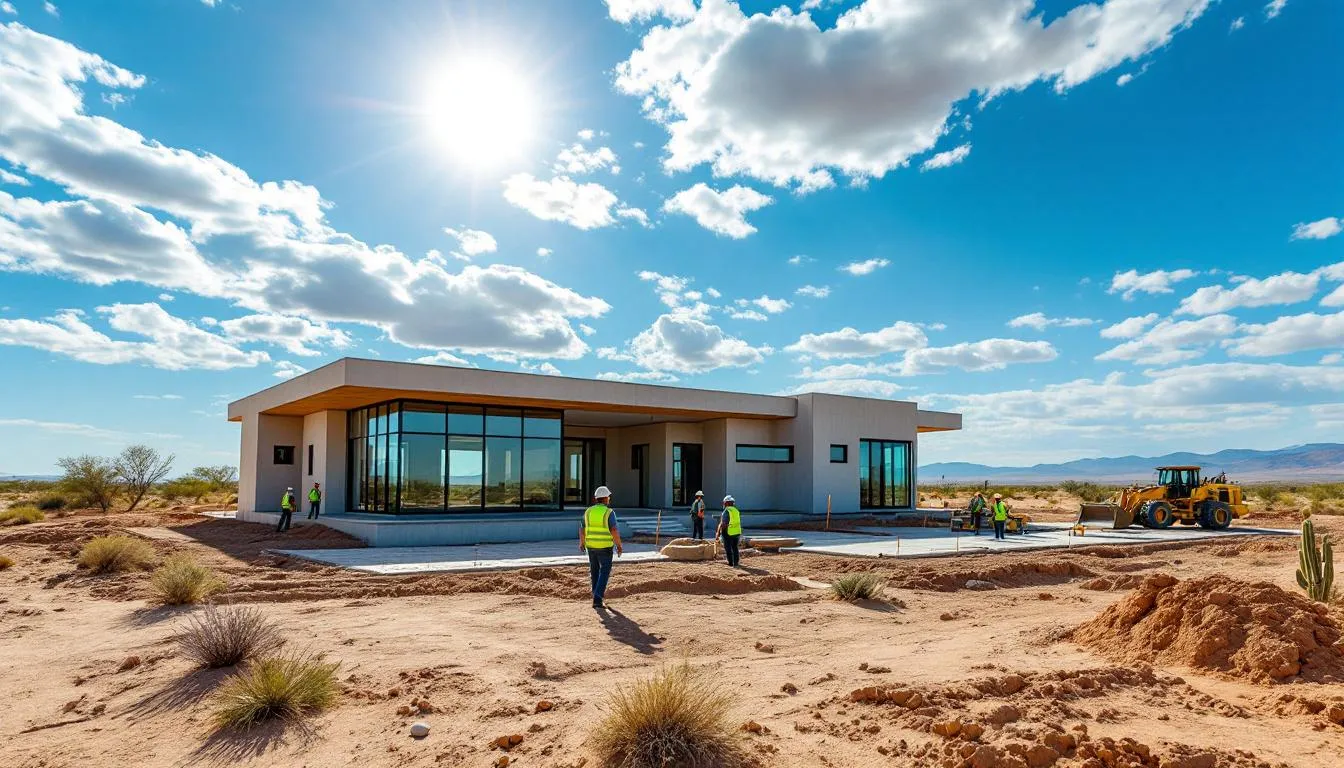
How Las Vegas Home Supply and Demand Work
Las Vegas still does not have enough homes. Local builders are facing:
- 🏗️ Permit delays
- 📦 Material cost inflation
- 👷 Labor shortages
Since there are not many homes for sale, if lower rates cause demand to go up, sellers could get much more power over prices. Places like Enterprise and Spring Valley are good examples. They are near the Strip and have good schools. These areas could get hot again if mortgage rates hit 5.75%.

What Rates Might Do and What Could Go Wrong
Predicting mortgage rates really depends on economic numbers and what the Fed says. Here are three possible situations:
Baseline Scenario
- The 10-year yield stays between 3.9% - 4.2%.
- Mortgage spreads stay high.
- Rates are about 6.0% – 6.25%.
Optimistic Scenario
- The yield drops to 3.6% because job numbers are weak.
- Spreads get smaller by 20-30 basis points because things are less uncertain.
- Rates reach 5.75%. This brings back interest in refinancing and buying.
Pessimistic Scenario
- Inflation speeds up again, or job growth comes back strong unexpectedly.
- The 10-year yield goes above 4.3%.
- Rates go up toward 6.5% or more.
Right now, the market seems to favor the hopeful view. But big news events could still change things. Watch these key signs: core inflation, how many nonfarm payroll jobs grow, and the Fed's meeting notes.

What Buyers and Sellers Should Do Now
For buyers, time is important. Get pre-approvals. Also, talk to lenders who offer float-down options or cheap rate relocks. For sellers, get your homes ready before more competition starts. When rates are dropping, people feel more urgency. This means homes priced right and ready to move into will sell faster than usual.
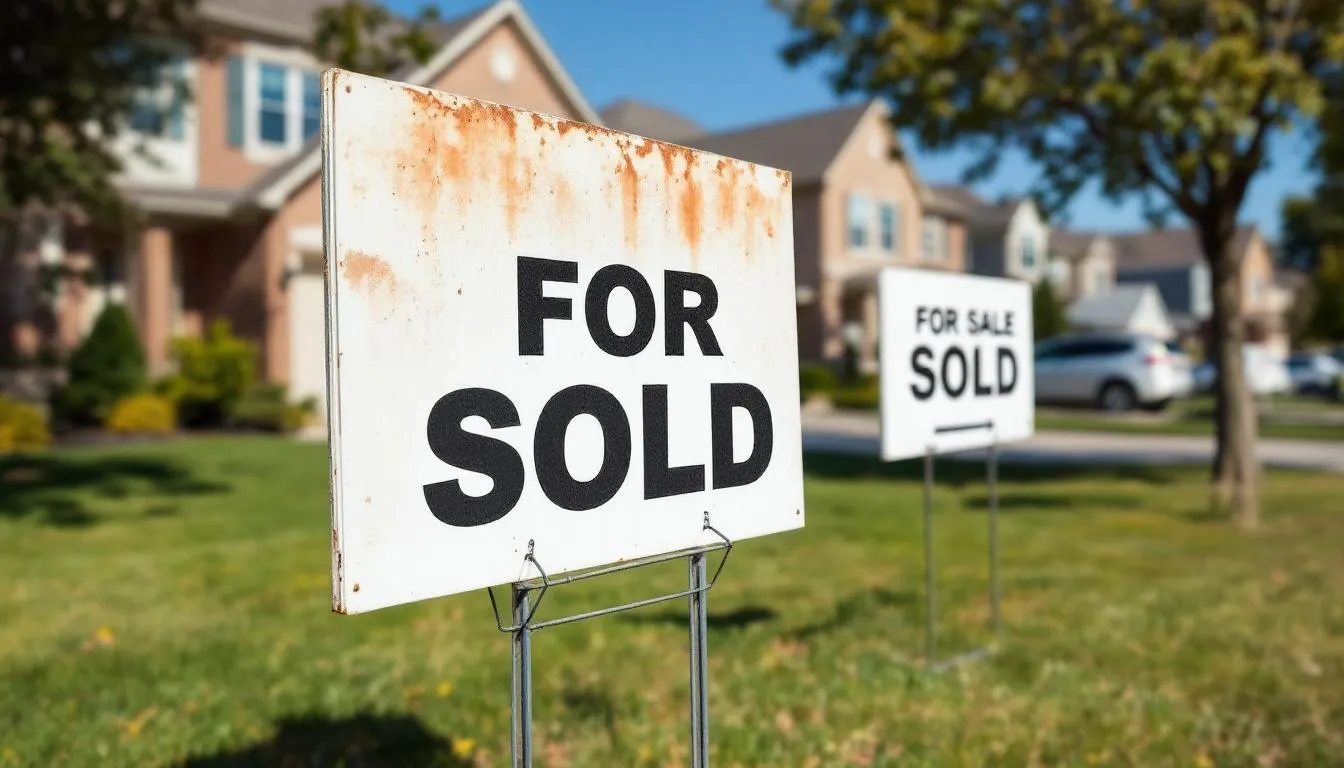
Steve Hawks’ Local Market Watch
Steve Hawks says things are really picking up as summer goes on, especially in:
- 🏘️ New builds in Southern Highlands and Skye Canyon
- 🏡 Resale gems in Aliante and Green Valley Ranch
“We already see more people at showings and open houses since rates began to go down,” he says. “If rates dip below 6%, prices will get strong again quickly, especially for homes under $500K.”
Getting to 5.75%: Not a Sure Thing
Getting to 5.75% mortgage rates is not certain. But it could happen if the economy lines up right. The 10-year yield is getting smaller. Mortgage spreads are steadying. And the Fed might change its policy soon. All these things mean it could happen.
In Las Vegas, expect a chain reaction: more buyers, fewer homes for sale, more investor activity, and in time, prices going up. For those in the market, knowing when to act and having good information will be important. Be quick to adapt, stay updated, and be ready when the chance comes.
If you are thinking about your choices in today's market, contact Steve Hawks for a custom strategy talk. Whether you’re buying, selling, or investing, we can help you make the most of where rates are headed next.
Citations
- Bureau of Labor Statistics. (2025). Employment situation summary. https://www.bls.gov/news.release/empsit.nr0.htm
- Mortgage News Daily. (2025). Daily mortgage rate survey. https://www.mortgagenewsdaily.com/mortgage-rates
- Polly. (2025). Locked loan rate data.
- Reuters. (2025). Regional bank pressure sends Treasury yields lower.

